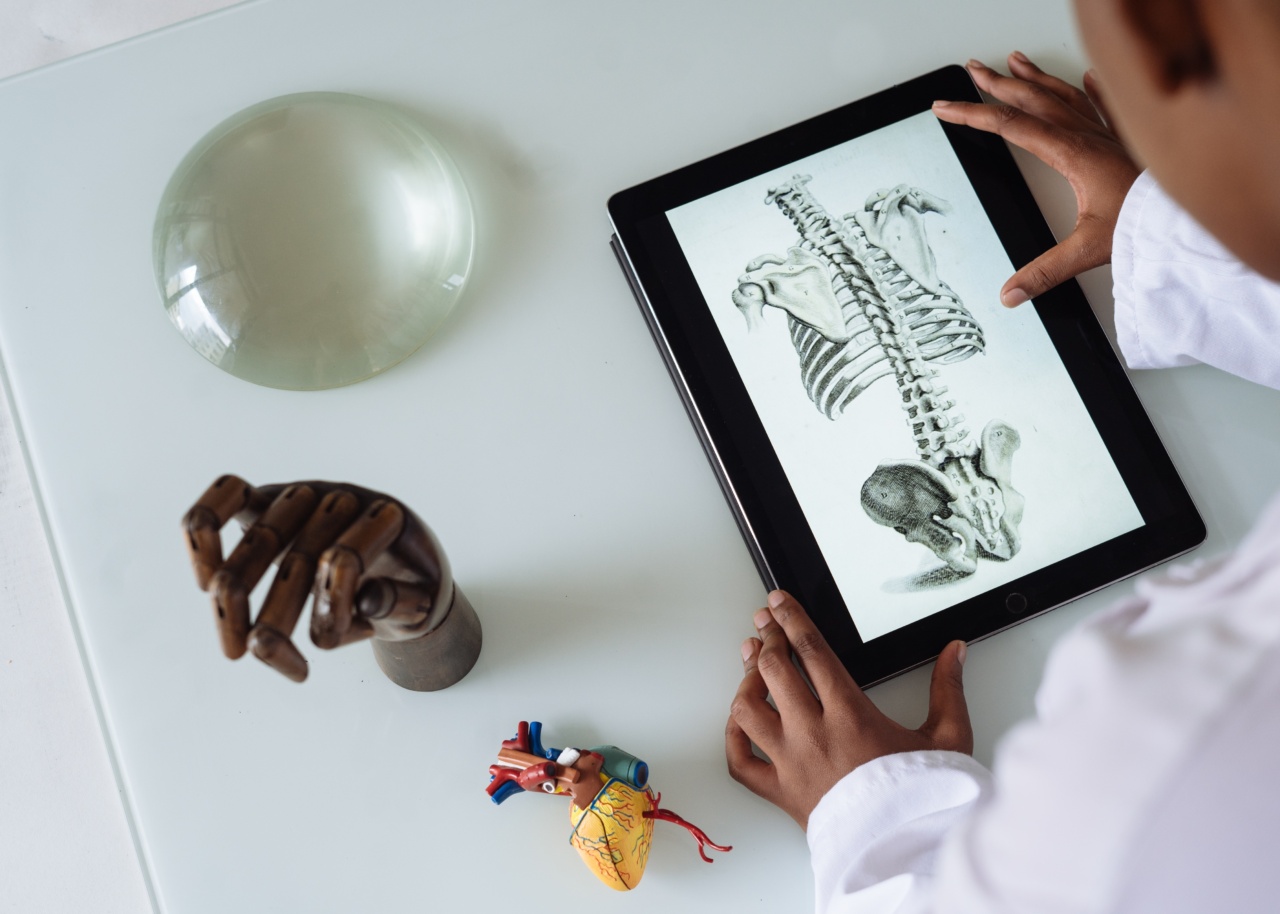Humans breathe in and out around 20 times per minute, and with each breath, they inhale a variety of gases such as oxygen, nitrogen, and carbon dioxide.
Breath analysis, also known as exhaled breath analysis, is a non-invasive diagnostic method that uses technology to analyze the composition of a person’s exhaled breath to detect underlying medical conditions. The concept of using breath analysis for medical diagnosis has been around for centuries.
Still, advances in technology have made it a more reliable and promising tool for detecting a range of illnesses and medical issues, from lung cancers to digestive disorders.
How does breath analysis work?
Breath analysis works by measuring the levels of certain gases in a person’s exhaled breath. The technology used for this purpose is often referred to as an electronic nose, which can detect specific gases in very small concentrations.
The concentrations of these gases can then provide valuable information about the person’s health status.
The most commonly measured gases in breath analysis include:.
- Carbon dioxide (CO2)
- Nitric oxide (NO)
- Oxygen (O2)
- Methane (CH4)
- Hydrogen (H2)
- Ammonia (NH3)
- Acetone (CH3COCH3)
The levels of these gases can provide information on various medical conditions such as:.
- Asthma
- Lung cancer
- Cystic fibrosis
- Obstructive sleep apnea
- Inflammatory bowel disease (IBD)
- Chronic kidney disease
- Liver disease
- Diabetes
- Heart disease
Breath analysis for detecting lung cancer
Lung cancer is the most common type of cancer worldwide and is responsible for more than 1.5 million deaths each year. Early detection is crucial to improving the treatment outcome of patients with lung cancer.
Currently, lung cancer diagnosis involves imaging tests (such as CT scans and X-rays), tissue biopsies, and blood tests. However, all of these tests have their limitations.
Breath analysis offers a more non-invasive and potentially more accurate method for detecting lung cancer. A study published in the Journal of Thoracic Oncology has shown that breath samples can be used to detect lung cancer with an accuracy of 85%.
The study analyzed the breath samples of 143 participants, of whom 99 had lung cancer and the remaining 44 had other lung diseases or were healthy controls.
The researchers used a rapid detection device called the Cyranose 320, which identified the volatile organic compounds (VOCs) in each participant’s breath.
The VOCs detected by the device were then analyzed using statistical models that were trained to differentiate between lung cancer patients and the healthy control group. The results of the study were promising and could lead to a more non-invasive method of detecting lung cancer.
Breath analysis for detecting asthma
Asthma is a chronic respiratory disease that affects the lungs and airways. It is estimated that around 235 million people worldwide suffer from asthma, with 383,000 deaths attributed to the disease each year.
Diagnosis of asthma usually involves a combination of medical history, physical examination, and spirometry (a lung function test).
Breath analysis could offer a new way to diagnose asthma, improving both the speed and accuracy of diagnosis. A study published in the journal Analytical Chemistry found that breath analysis is highly accurate in detecting asthma in children.
The study analyzed the breath samples of 74 children, including both asthma patients and healthy controls.
The researchers used a commercially available electronic nose device to analyze the breath samples. The device detected differences in the VOCs between the two groups, leading to a very accurate diagnosis of asthma.
The results of the study suggest that breath analysis could be a valuable tool in the diagnosis and management of asthma, particularly in children who find it difficult to complete traditional spirometry tests.
Breath analysis for detecting liver disease
Liver disease is a growing health concern globally, with around 1.8 million deaths per year attributed to the disease. Diagnosis of liver disease usually involves a combination of medical history, physical examination, and blood tests.
However, breath analysis could offer a more non-invasive and accurate method of detecting liver disease.
A study published in the journal PLOS ONE found that breath analysis can detect liver fibrosis, a condition that occurs in many types of liver disease, with a high degree of accuracy.
The study analyzed the breath samples of 41 patients with liver fibrosis and 48 healthy controls.
The researchers used a portable GC-MS (gas chromatography-mass spectrometry) device to analyze the breath samples. The device detected significant differences in the VOCs between the patients with liver fibrosis and the healthy control group.
The results of the study suggest that breath analysis could be a valuable tool for detecting liver fibrosis, which could enable earlier diagnosis and treatment of liver disease.
Breath analysis for detecting digestive disorders
Digestive disorders, such as inflammatory bowel disease (IBD), are a growing health concern that affects millions of people worldwide.
Diagnosis of IBD usually involves a combination of medical history, physical examination, blood tests, stool tests, and colonoscopy. However, breath analysis could offer a more non-invasive and potentially more accurate method for detecting IBD.
A study published in the Journal of Crohn’s and Colitis found that breath analysis can detect IBD with a high degree of accuracy. The study analyzed the breath samples of 92 participants, including both IBD patients and healthy controls.
The researchers used an electronic nose device to analyze the breath samples. The device detected significant differences in the VOCs between the IBD patients and the healthy control group, leading to a very accurate diagnosis of IBD.
The results of the study suggest that breath analysis could be a valuable tool for the diagnosis and management of IBD, leading to more non-invasive and accurate treatment of the disease.
Conclusion
Breath analysis is a promising non-invasive diagnostic tool that can provide valuable information on a range of medical conditions.
This technology has shown significant potential for detecting lung cancer, asthma, liver disease, and digestive disorders such as IBD. While still relatively new, breath analysis has already shown great promise in providing doctors with a faster and more accurate method of screening, diagnosing, and monitoring certain medical conditions.
As technology continues to advance, breath analysis is likely to become even more powerful in detecting diseases and disorders, offering a new hope of earlier detection and better treatment outcomes.




























